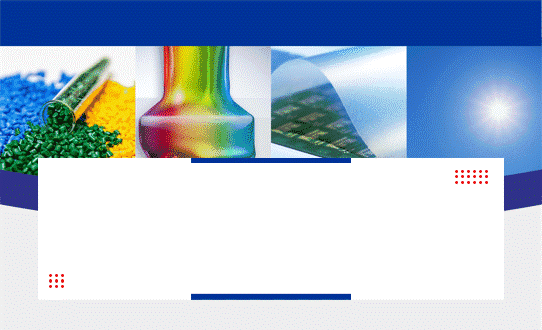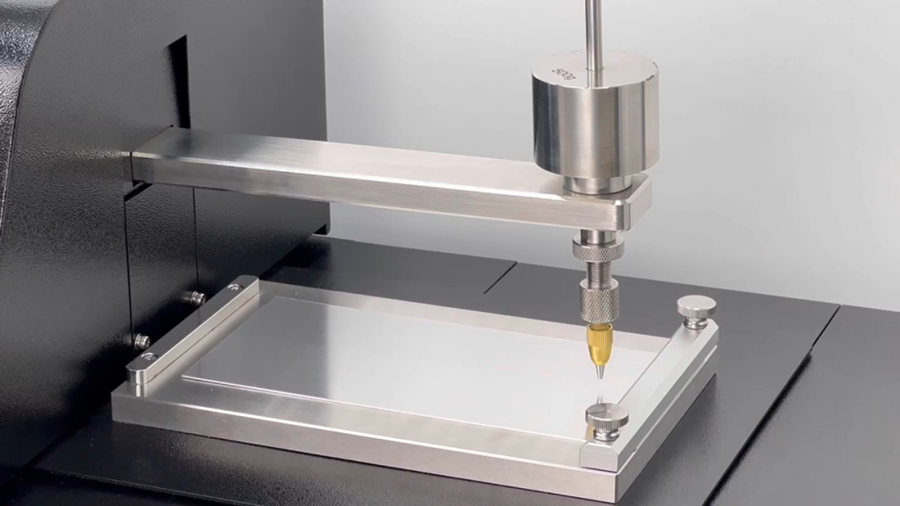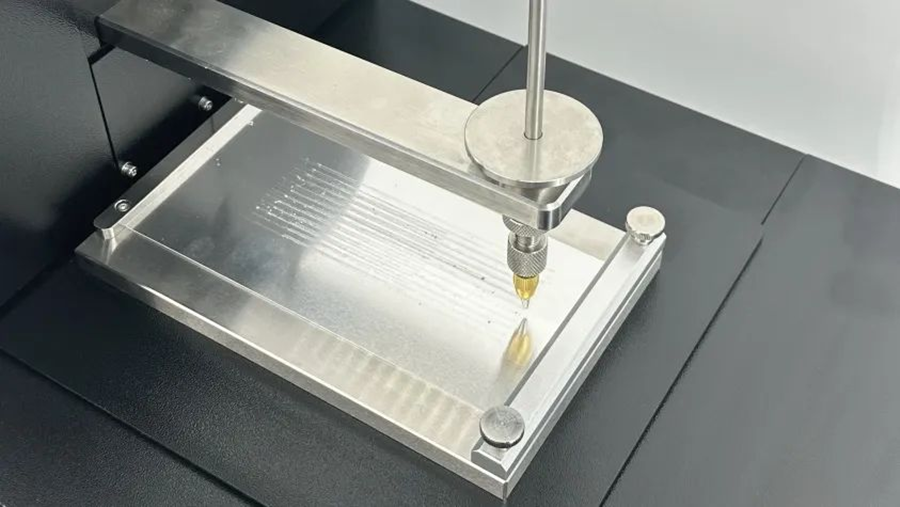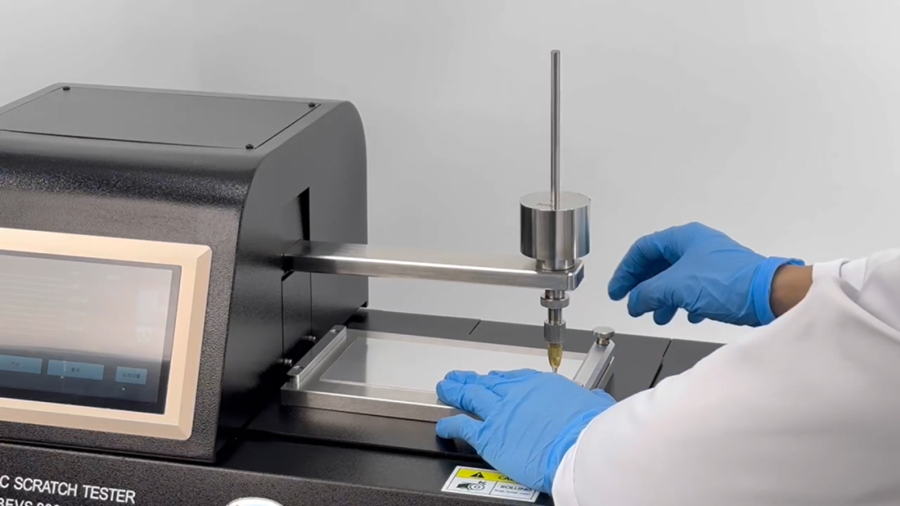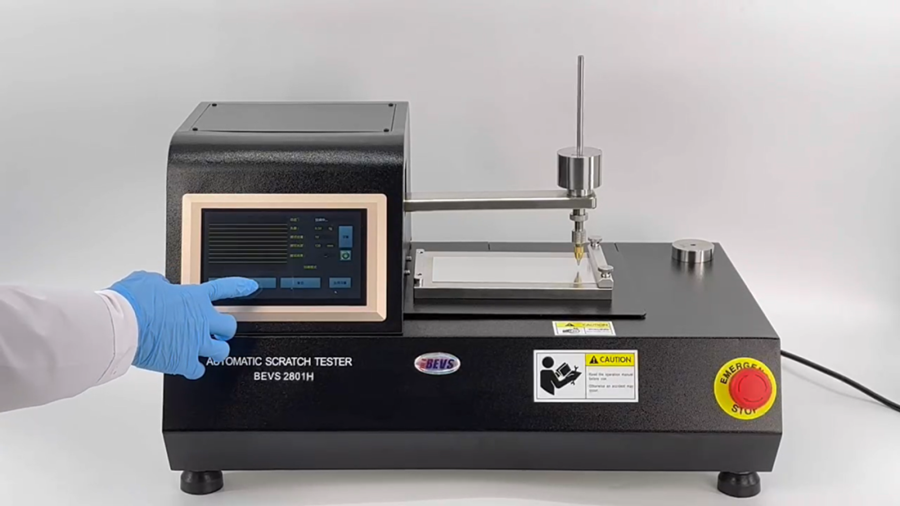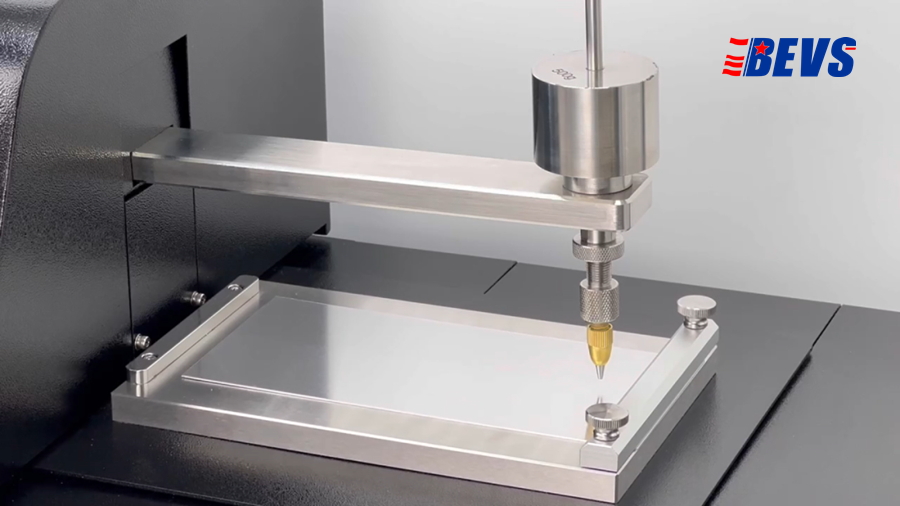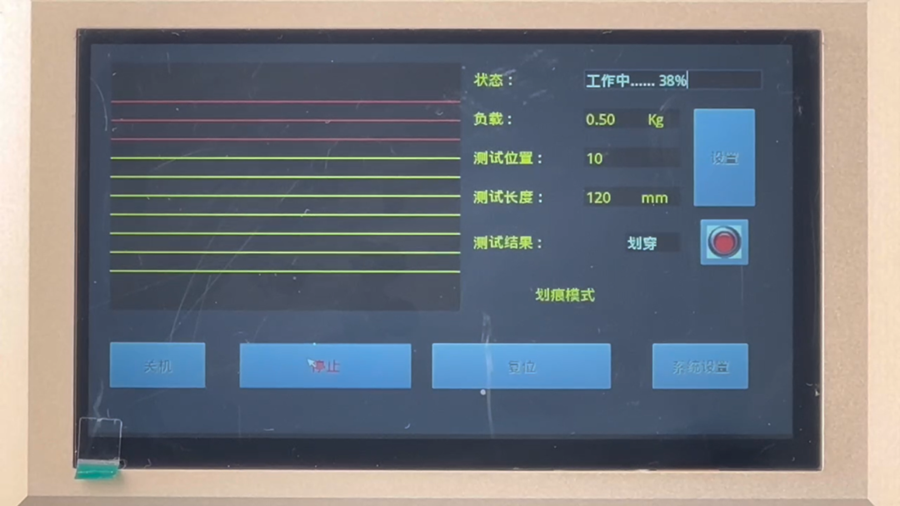PRODUCT
- Dispersion
- Density / Grinding
- Viscosity
- Application of Film
- Automatic Panel Sprayer
- Mini Automatic Film Applicator
- Automatic Film Applicator
- Film Application Kit
- Single Sided Applicator
- Two Sided Applicator
- Four Sided Applicator
- Four Sided Applicator With Reservoir
- Eight Sided Applicator
- Cube Applicator
- Digital Adjustable Applicator
- Adjustable Applicator
- Sagging Applicator
- Levelling Applicator
- Bar Coater
- Bar Coater Handle
- Hiding Power Chart
- Automatic Panel Spray Station
- Payne Permeability Cup
- Auto Spray Device
- Drying Time
- Thickness
- Temperature
- Color / Gloss
- Adhesion
- Hardness
- Deformation
- Abrasion, Scrub / Washability
- Degradation
- Weathering Testing
- Intelligent station















